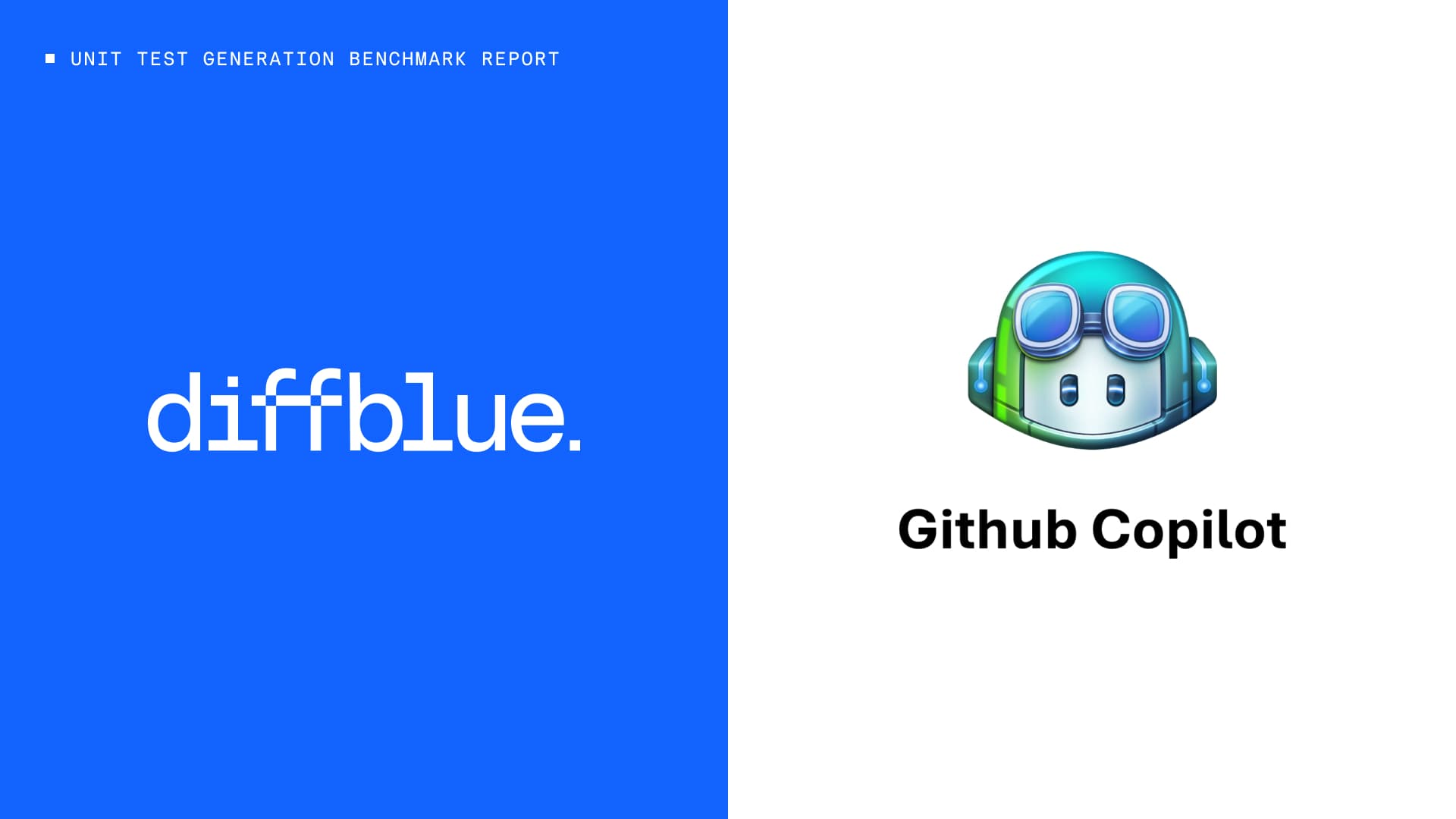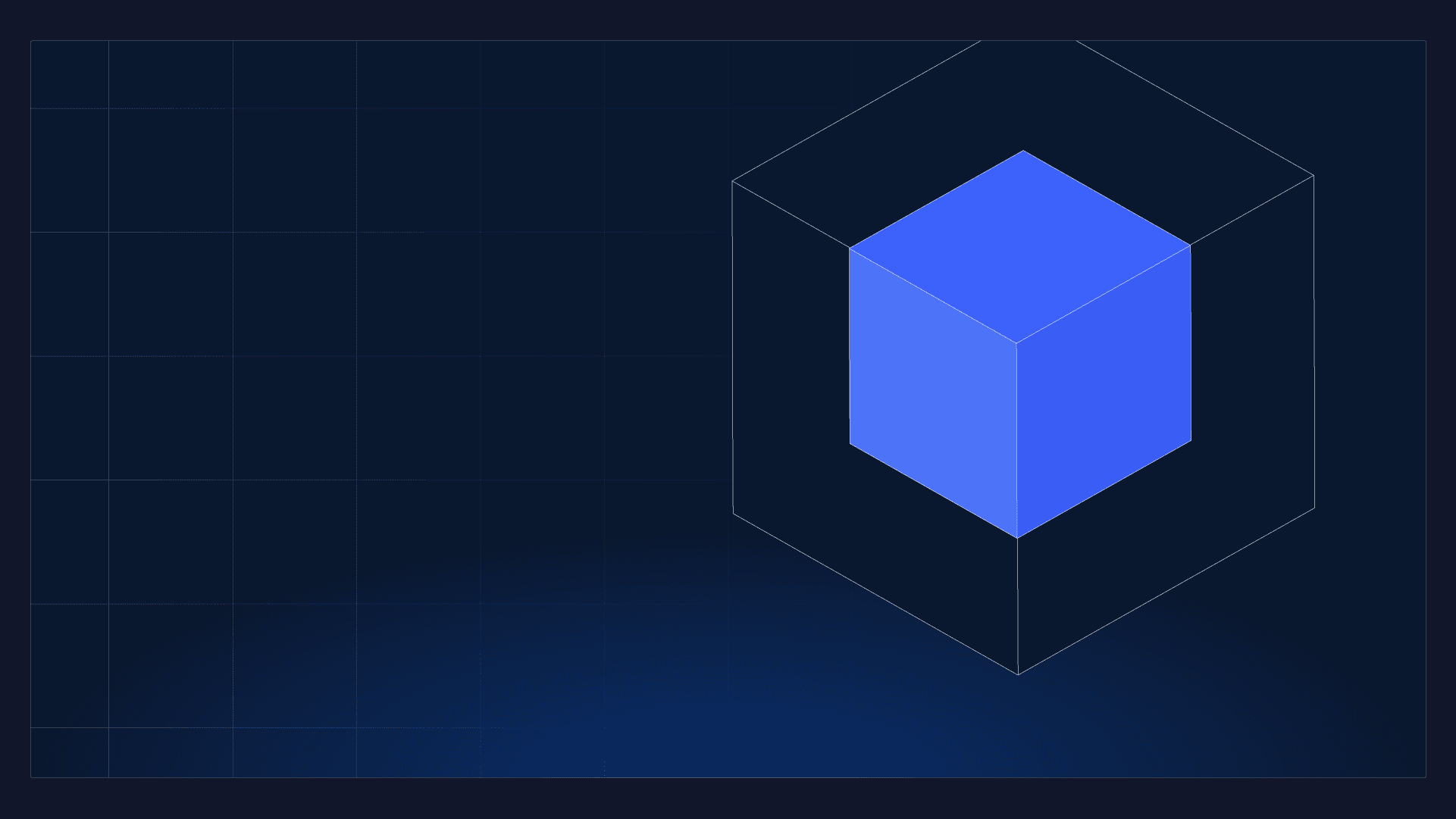The rapid evolution of AI-powered development tools demands continuous reassessment of their capabilities and limitations. When we first benchmarked our unit test generation agent Diffblue Cover, against GitHub Copilot running GPT-4, the results revealed fundamental differences in approach and outcomes for automated unit regression test generation, with Diffblue Cover having a 26x productivity advantage over the course of a year. Now, with GitHub Copilot’s upgrade to GPT-5, we’ve renewed our research to understand how the landscape has shifted, and what remains unchanged.
The Evolution and Its Limits
Despite the much-anticipated leap from GPT-4 to GPT-5, our October 2025 benchmark reveals a striking consistency with our earlier findings: the fundamental architectural differences between purpose-built testing agents and general-purpose code assistants continue to drive dramatically different outcomes. While GPT-5 brings improvements to natural language understanding and code generation to Github Copilot, the core challenges of LLM-based test creation persist.
Key Findings That Remain Consistent:
- Productivity gap: Diffblue Cover maintains a 20x productivity advantage over developers using Copilot
- Compilation reliability: Copilot-generated tests still fail to compile 12% of the time
- Autonomous operation: The continuous prompting requirement for Copilot remains unchanged
- Test quality disparities: Mutation testing scores continue to favor Diffblue’s reinforcement learning approach
What has evolved is the sophistication of prompt understanding and the contextual awareness of generated code. GPT-5 demonstrates improved ability to understand complex class structures and generate more syntactically correct initial attempts. However, these incremental improvements haven’t addressed the fundamental limitation: LLMs operate on probabilistic text generation rather than deterministic code execution and verification. They still require continuous developer engagement to prompt, evaluate outputs, re-prompt, re-evaluate, and manually tune the resulting code before it is fit for purpose. As such, they are a poor choice for situations where large-scale automation is important, such as rapid bulk test generation to enable successful modernization projects.
The Persistent Architecture Divide
The benchmark results showcase why the technological foundation matters more than model size or training data. Diffblue Cover’s reinforcement learning engine analyzes actual code execution paths, while Copilot, even with GPT-5, generates text that statistically resembles working tests based on training patterns.
This architectural difference manifests in several critical ways:
Test Coverage Achievement: Across three complex Java applications (Apache Tika, Halo, and Sentinel), Diffblue delivered test coverage rates of 50-69%. In the same timeframe, Copilot with GPT-5 produced tests with coverage ranging from 5% to 29%. The variance itself tells a story, LLM performance remains highly dependent on how closely the codebase resembles training data.
Developer Experience Transformation: The upgrade to GPT-5 hasn’t changed Copilot’s fundamental interaction model. Even though Copilot Agent Mode performs more steps on its own, developers still engage in a continuous cycle of prompting, reviewing, correcting, and re-prompting. Each test class requires manual attention, context switching, and validation. Meanwhile, Diffblue’s autonomous agent continues to operate unattended, systematically working through entire repositories while developers focus on higher-value tasks.
Quality and Reliability Metrics: Perhaps most tellingly, the compilation success rate for Copilot-generated tests improved with GPT-5, reaching 88% on average. This means developers still spend substantial time debugging and fixing generated tests, a hidden cost that undermines the promise of AI-accelerated development. Diffblue’s tests continue to compile and pass 100% of the time, eliminating this downstream burden entirely.
Beyond Raw Performance: Systemic Advantages
The renewed benchmark also highlights advantages that transcend model capabilities. These systemic benefits stem from designing a solution specifically for unit testing rather than adapting a general-purpose tool:
Mutation Testing Strength: Test quality, measured through mutation testing scores, shows Diffblue maintaining its advantage in two of three benchmarks, with comparable performance in the third. This consistency indicates that understanding code behavior, not just syntax remains crucial for generating meaningful tests.
Scalability Dynamics: The annualized productivity calculations reveal the compounding effect of automation. While a developer using Copilot might generate 1.2 million lines of covered code annually (assuming continuous 8-hour workdays), Diffblue’s always-on agent achieves 29 million lines. This 25x difference reflects not just speed, but the elimination of human fatigue, context switching, and the cognitive load of continuous prompting. Most importantly, Copilot scales with expensive developer time, whereas Cover scales with compute.
Integration and Lifecycle Management: Features absent from the Copilot comparison include automated test maintenance, CI/CD pipeline integration, regression detection, and comprehensive coverage reporting. These capabilities transform unit testing from a development task to an automated quality assurance system.
The Path Forward: Complementary Technologies
The persistence of these performance gaps despite LLM advances suggests we’re observing fundamental rather than temporary differences. GPT-5’s improvements in natural language understanding and code comprehension enhance Copilot’s value as an interactive development assistant. However, for the specific domain of comprehensive, reliable unit regression test generation, purpose-built solutions maintain decisive advantages.
This doesn’t diminish the value of LLM advancement; it clarifies the importance of choosing appropriate tools for specific tasks. As development teams increasingly adopt AI assistance, understanding these distinctions becomes crucial for effective tool selection and workflow optimization.
The benchmark results suggest a future where different AI technologies serve complementary roles: LLMs excel at creative, context-aware assistance for diverse coding tasks, while specialized agents like Diffblue Cover handle the systematic, exhaustive work of test generation and maintenance at scale. Recognizing and leveraging these strengths, rather than expecting universal solutions, will define successful AI-augmented development practices.
Looking Ahead
As we continue to track the evolution of AI development tools, the key insight from this renewed research is clear: architectural decisions and domain specialization matter more than raw model power. While future GPT versions will undoubtedly bring improvements, the fundamental challenges of using probabilistic text generation for producing reliable, verified code remain.
For development teams evaluating testing automation options, these findings underscore the importance of looking beyond marketing claims about model sizes or training parameters. The question isn’t which AI is more advanced; it’s which approach aligns with the specific requirements of comprehensive, reliable test generation. In this domain, the evidence continues to favor purpose-built solutions over general-purpose adaptations.







